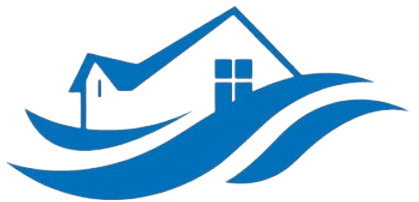Smoke-Damaged Drywall Restoration Experts in Eagle Lake, Florida
Possible Causes of Smoke Damage in Drywall
Smoke damage to drywall often occurs after a fire, whether it’s a kitchen blaze, electrical fire, or an accidental incident. The intense heat and combustion produce soot and smoke particles that cling to surfaces, including drywall. Over time, this residue can cause discoloration, unpleasant odors, and even health issues if not properly treated.
Additionally, cigarette smoke and other small-scale fires can also result in smoke residue on drywall. These types of damage might not be as obvious initially but can build up and cause persistent odors and stains. Humidity and poor ventilation can worsen the situation by trapping smoke particles within the walls, making cleanup and restoration more challenging.
How We Can Fix Smoke-Damaged Drywall
Our team begins with a thorough assessment to determine the extent of smoke and soot damage on your drywall. We utilize advanced tools and techniques to evaluate whether the drywall can be cleaned or if replacement is necessary. Our experts carefully remove loose soot and residue while maintaining the integrity of your walls.
We then use specialized cleaning agents designed to neutralize smoke odors and remove stubborn stains without damaging your drywall. This process involves controlled cleaning to ensure all residues are eliminated, restoring your walls’ appearance and hygiene.
If the damage is severe or the drywall’s structure has been compromised, our team will proceed with safe removal and replacement. We handle all aspects of drywall installation, ensuring a seamless match with your existing walls. Once repairs are complete, we apply odor-neutralizing treatments for long-lasting freshness and safety.
Why Choose Us for Smoke-Damaged Drywall Restoration
Our team of experts has extensive experience handling smoke and fire damage restoration, ensuring effective results in Eagle Lake and nearby areas. We understand the unique challenges posed by smoke residues and employ proven techniques to restore your walls efficiently.
We prioritize customer satisfaction and work diligently to minimize disruption to your home or business. Our professionals are licensed, insured, and trained in the latest restoration technologies, providing you with peace of mind during every step of the process.
With prompt response times and 24/7 availability, we are committed to addressing your smoke damage emergency swiftly. Our goal is to restore your property to its pre-damage condition, ensuring a safe and healthy environment. Call us today at (888) 884-7150 to get expert assistance with your drywall restoration needs.
Frequently Asked Questions
What signs indicate my drywall has smoke damage?
If you notice persistent smoke odors, black soot stains, or discoloration on your walls, it’s likely that your drywall has been affected. Sometimes, the damage may be hidden behind wall coverings, so professional inspection is recommended.
Can I clean smoke damage from drywall myself?
While minor surface stains might be cleaned with household products, deep smoke residues usually require specialized cleaning techniques and professional tools. DIY efforts may not fully eliminate odors or residues, leading to ongoing issues.
How long does smoke-damaged drywall restoration take?
The duration varies depending on the extent of damage. Minor cleaning can be completed in a few hours, but extensive repairs or replacements may take a day or more. Our team works efficiently to restore your walls as quickly as possible.
Is it necessary to replace drywall after a fire?
If the drywall has significant soot buildup, structural damage, or persistent odors, replacement is often recommended. Our experts assess each case individually to determine the best course of action for your property.
How can I prevent future smoke damage on my drywall?
Proper fire safety measures, regular maintenance, and installing smoke detectors can help prevent fires and subsequent smoke damage. Additionally, prompt cleanup after small fires or incidents can minimize long-term damage.
